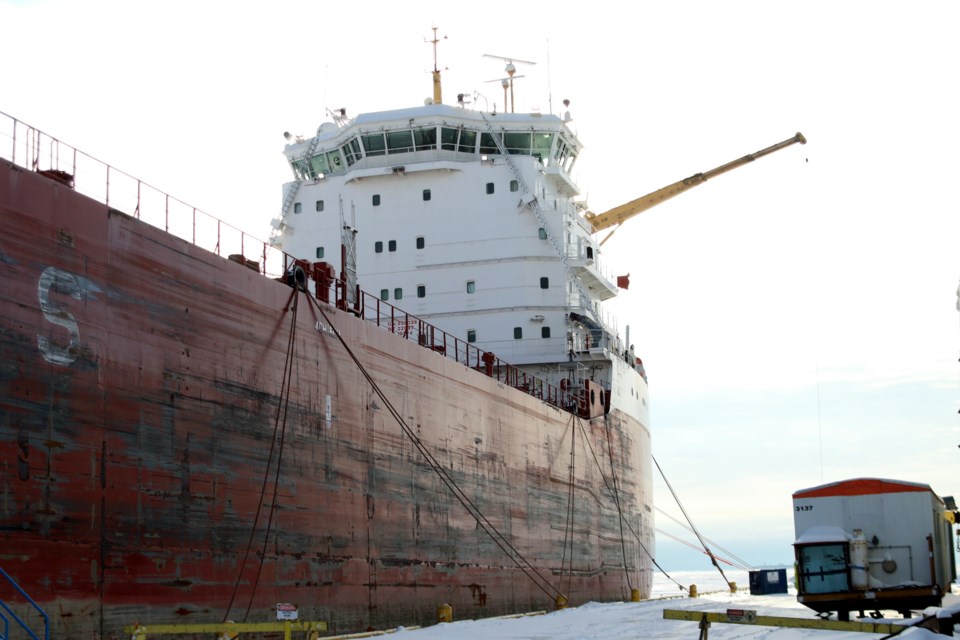THUNDER BAY - Nearly eight million tons of grain from Western Canada helped the Port of Thunder Bay achieve one it’s most successful seasons in recent years.
“The grain in total was up by 500,000 by the end of the year,” said Thunder Bay Port Authority CEO, Tim Heney. “Certainly grain led the increase and coal and potash were other strong commodities this year.”
The Port’s 2019 season officially came to an end with the departure of the last cargo-laden vessel on Sunday. The Port’s last day is often determined by the closure of the Soo Locks, which takes place on Jan. 15.
The total tonnage that passed through the Port in 2019 was approximately 9.3 million metric tons, with grain accounting for 7.9 million tons, coal at 779,893 tons, and potash at 399,557 tons.
This makes for the best year the Port of Thunder Bay has seen since 2014.
“To get that increase in tonnage, it’s a positive thing,” Heney said. “We are the second largest grain port in Western Canada and we are the most efficient grain port in terms of car cycle times. That is really making us still a significant player in the grain business. It shows the capacity of the port as well and it’s still here and available.”
In 2019, the Port of Thunder Bay saw a total of 429 vessels, with 316 domestic ships and 113 foreign. According to Heney, the tons per ship has also been increasing in recent years with new vessels that can hold 30,000 tons of grain as opposed to 25,000 tons on older vessels.
There are three vessels wintering in the Port of Thunder Bay, all from the Canadian Steamship Lines. Being newer generation vessels, they will require less work, Heney said.
“There used to be a lot of steel replaced on the old ships,” he said. “There was a lot of iron working type jobs, welding, that type of work. That’s not a thing on these new ones.”
Looking ahead to 2020, Heney is expecting another strong year, with project shipments expected to increase after having a soft year in 2019 due largely to fewer wind turbine projects in Western Canada.
“We see the project cargo being bigger next year,” he said. “There are a lot of wind turbine projects coming on, so we are looking at a busy year at Keefer.”
In 2019, Keefer Terminal saw 16,671 tons of project cargo, down significantly compared to 2018 that saw 26,760 tons.
And with this winter being milder than last year, Heney said there is a good chance Lake Superior will remain open all season, but it is up to mother nature to determine when vessels will be able to return to port.
“We started off really cold then we had a warming spell,” Heney said. “It depends on winds and temperature of course. Any warm day is one less cold one. So it’s certainly not going to be a record ice year.”
